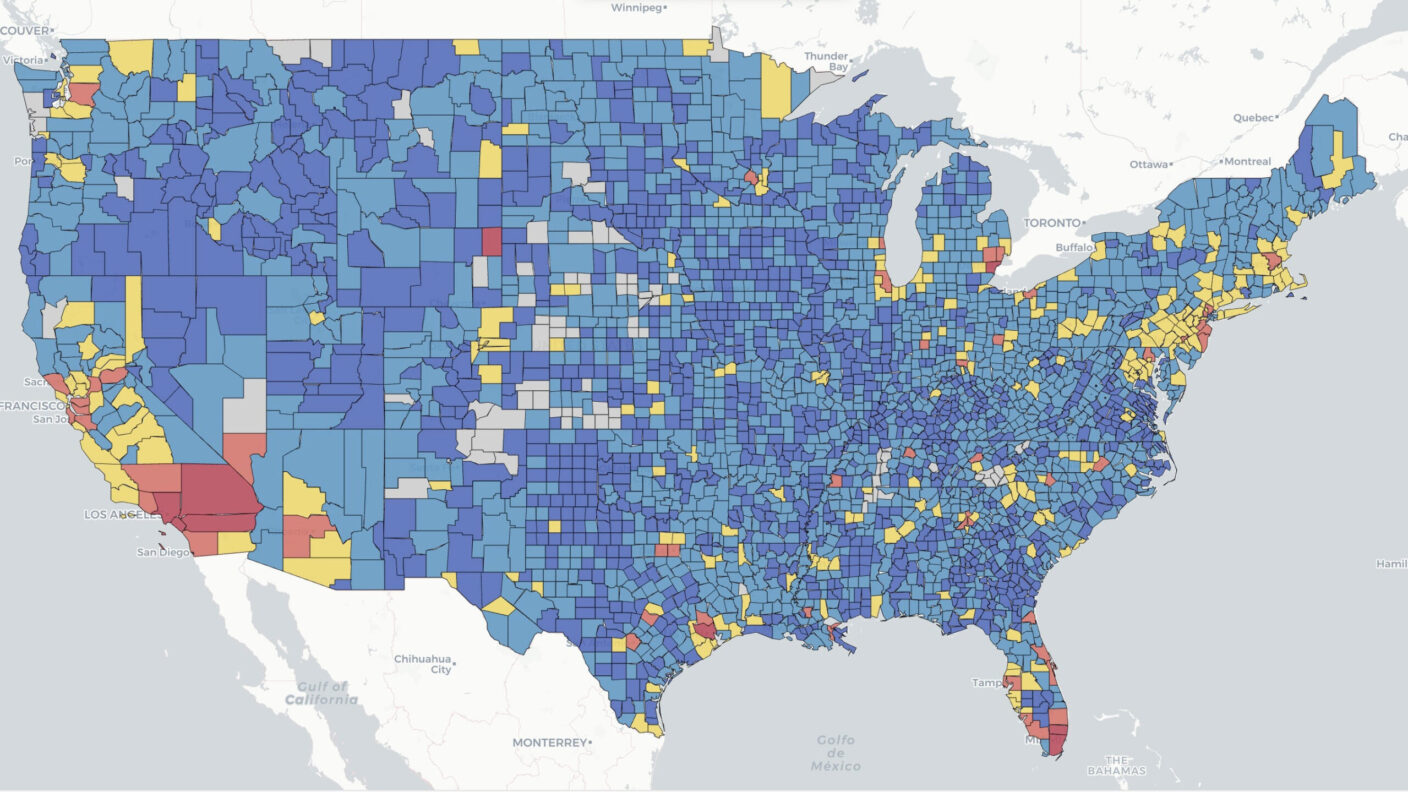)
U.S. Power Outages Increase by 20% Since 2019
Despite heavy government emphasis on the need for more electricity to support data center growth and industrial expansion, the number of U.S. power outages continues to rise.
According to a recent Texas A&M study, power outages have climbed 20% since 2019, with most incidents occurring in Texas, California, and Louisiana. Researchers used more than 179 million data points to develop a Power System Vulnerability Index that highlights states most at risk.
Major Events That Shaped the Grid
One of the most significant incidents in recent history was the 2021 Winter Storm Uri, which caused widespread blackouts across 25 states and left 150 million Americans without electricity.
Researchers also tied grid vulnerability to climate changes and severe weather events that hit certain regions harder than others.

Texas A&M Study Identifies Grid Hotspots
The Texas A&M research identified 318 counties across 45 states as power outage hotspots. Areas most vulnerable include:
-
West Coast: California and Washington
-
East Coast: Florida and the Northeast corridor
-
Great Lakes Region: Chicago–Detroit metropolitan area
-
Gulf of Mexico: Texas and surrounding counties
The study also noted that urban counties and regions located near transmission boundaries face greater risks.
Why Power Outages Continue to Rise
While demand for electricity grows rapidly due to AI-driven data centers and industrial activity, the grid has not kept pace. Many experts argue that grid modernization and resilient infrastructure investment must accelerate to prevent further blackouts.
“You’re talking about data centers that need as much electricity as a small city, and we’re just not ready to handle that,”
an attorney at the Environmental Law & Policy Center told researchers.
Looking Ahead
The report emphasizes that grid reliability is a national challenge, not just a regional one. With energy demand expected to surge in the coming decade, policymakers will need to prioritize both infrastructure investment and climate resilience.
Source: Texas A&M Study

